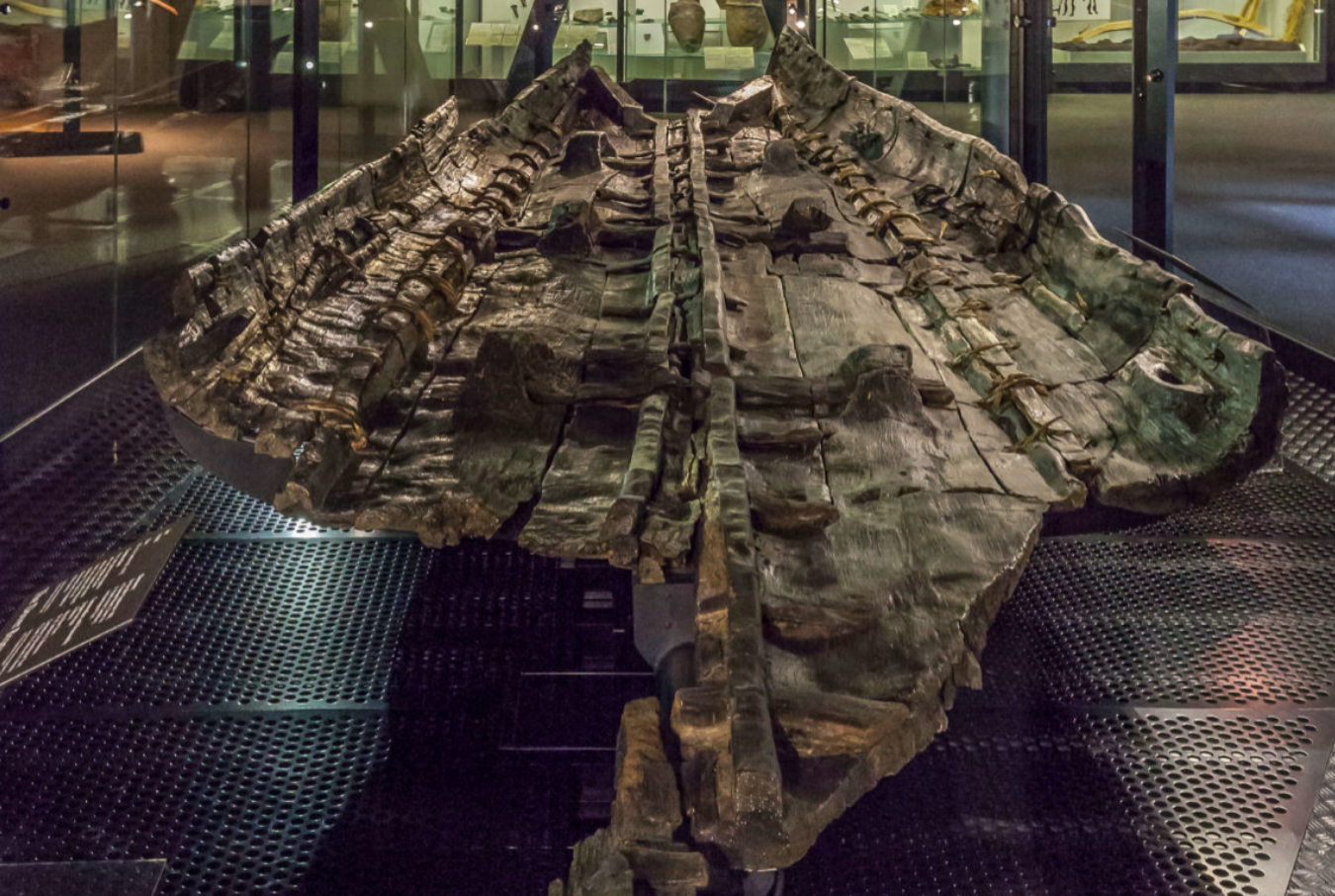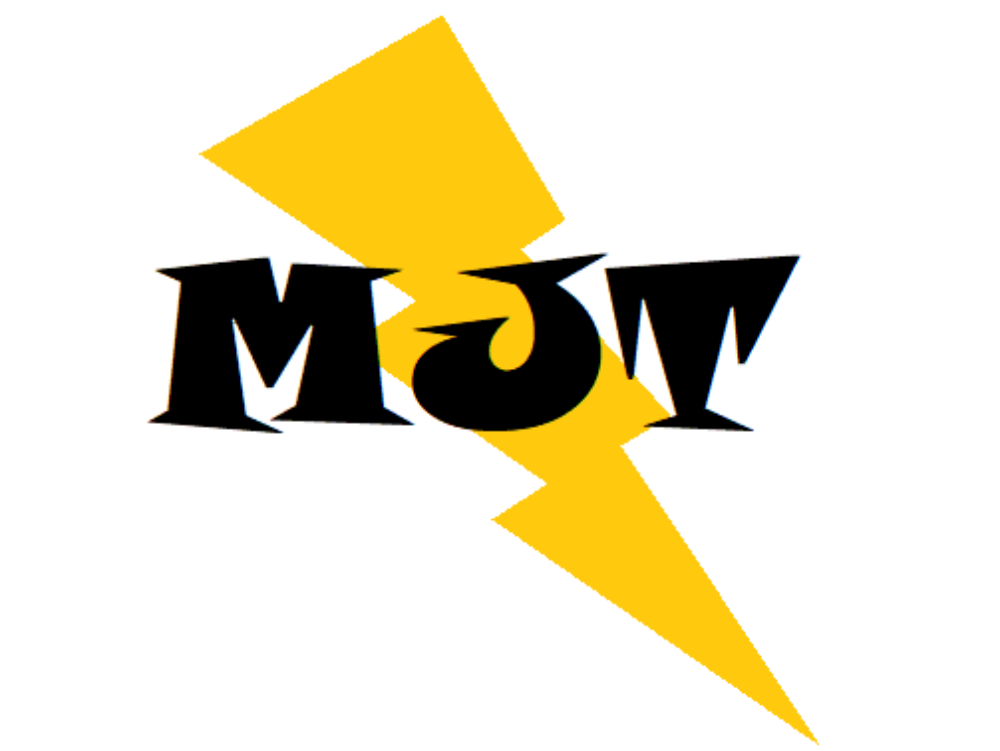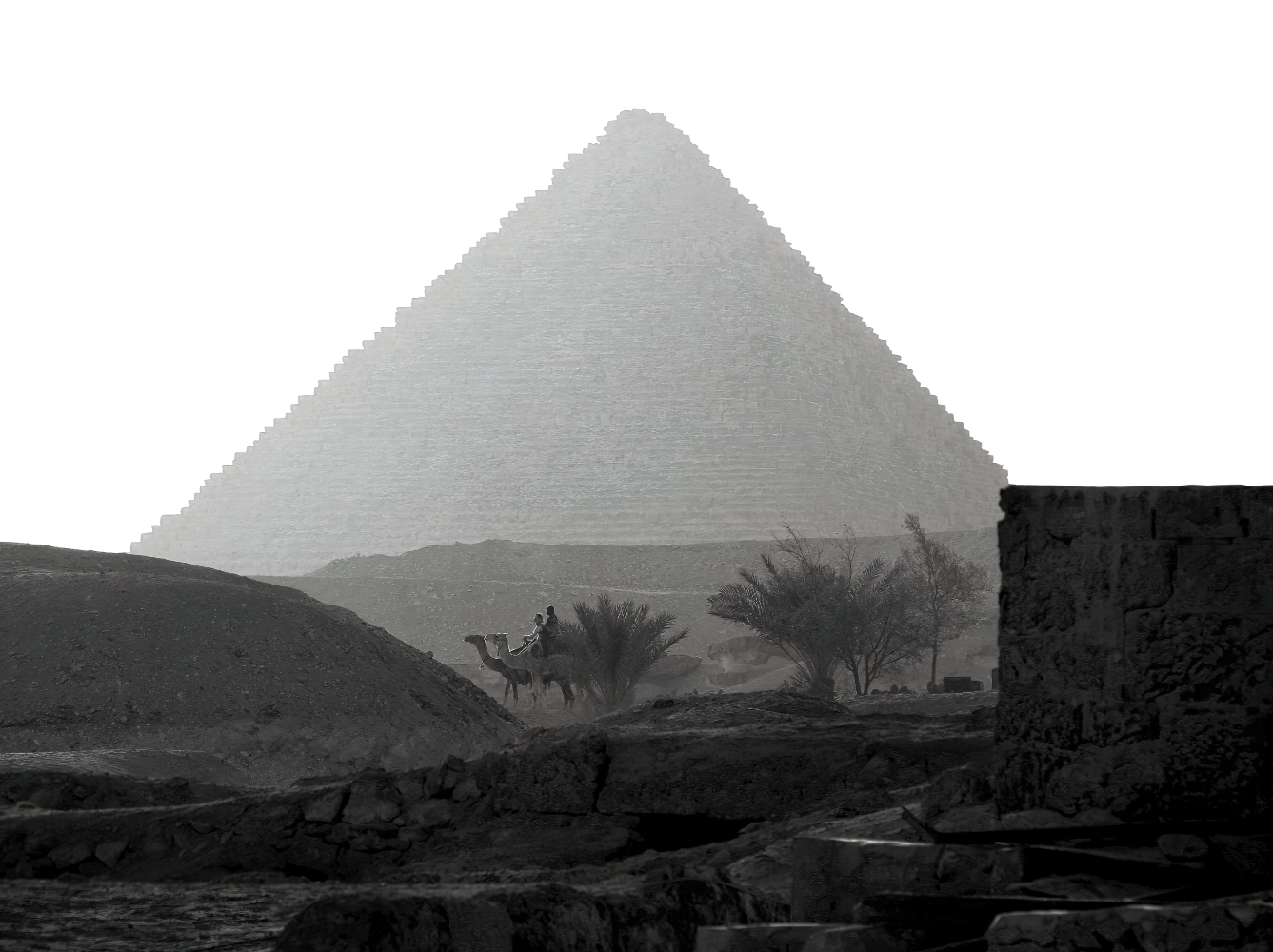
Sew a Boat? Obviously.
In case you were previously unaware, as was I, boats in certain parts of the world were sewn together during the Pre-Nail Period of time (my term).
The talent and ingenuity of people from earlier times is simply amazing. The boat above is the Dover Bronze Age Boat on display in the Dover Museum in England.
“The method of using withies to hold planks together was used until the invention of nails; the earliest recorded use of tree-nails, for example, is in the Appleby dugout canoe which has been radiocarbon dated to 1525 – 1315 BC (Marsden in Clark, 2004b, 17). Moreover, Goodburn freely admits that; ‘it is clear that the Dover boat’s builders were not a uniquely skilled team’ (in Clark, 2004a, 160), these types of boats were being built all over England and Wales. The Cheops boat, made in a similar way, found in 1952 near to the Pyramid of Cheops, was joined together by stitching and dated to c. 2,600 BC, is the earliest form of sewn-plank boat known (Johnstone, 1980, 70).” Source: https://www.heritagedaily.com/2011/05/how-significant-is-the-dover-bronze-age-boat/2135
Dover Museum Bronze Age Boat Gallery: https://www.dovermuseum.co.uk/Bronze-Age-Boat/Bronze-Age-Boat.aspx
“In 1992, the perfectly preserved remains of a large prehistoric boat were discovered six metres below the streets of Dover. Dated to c. 1550 BC the Dover Bronze Age Boat is one of the most important and spectacular prehistoric wooden objects ever found in Europe. It is a plank built boat made from oak and held together with wedges and yew withies.
Three and a half thousand years ago it was navigating the English Channel, long before Tutankhamun became Pharaoh of Egypt and whilst Stonehenge was still in use.
Yet it is not just its great age that makes it remarkable. As a piece of complex technology that has survived almost intact, it reveals much information about Bronze Age people in Britain, their society, and the landscape they lived in. It is evidence of a culture that straddled the English Channel during the Bronze Age, trading and profiting from the passage.” Source: https://www.bbc.co.uk/ahistoryoftheworld/objects/KqztJvaeRsiZdlDXMAqAEA


